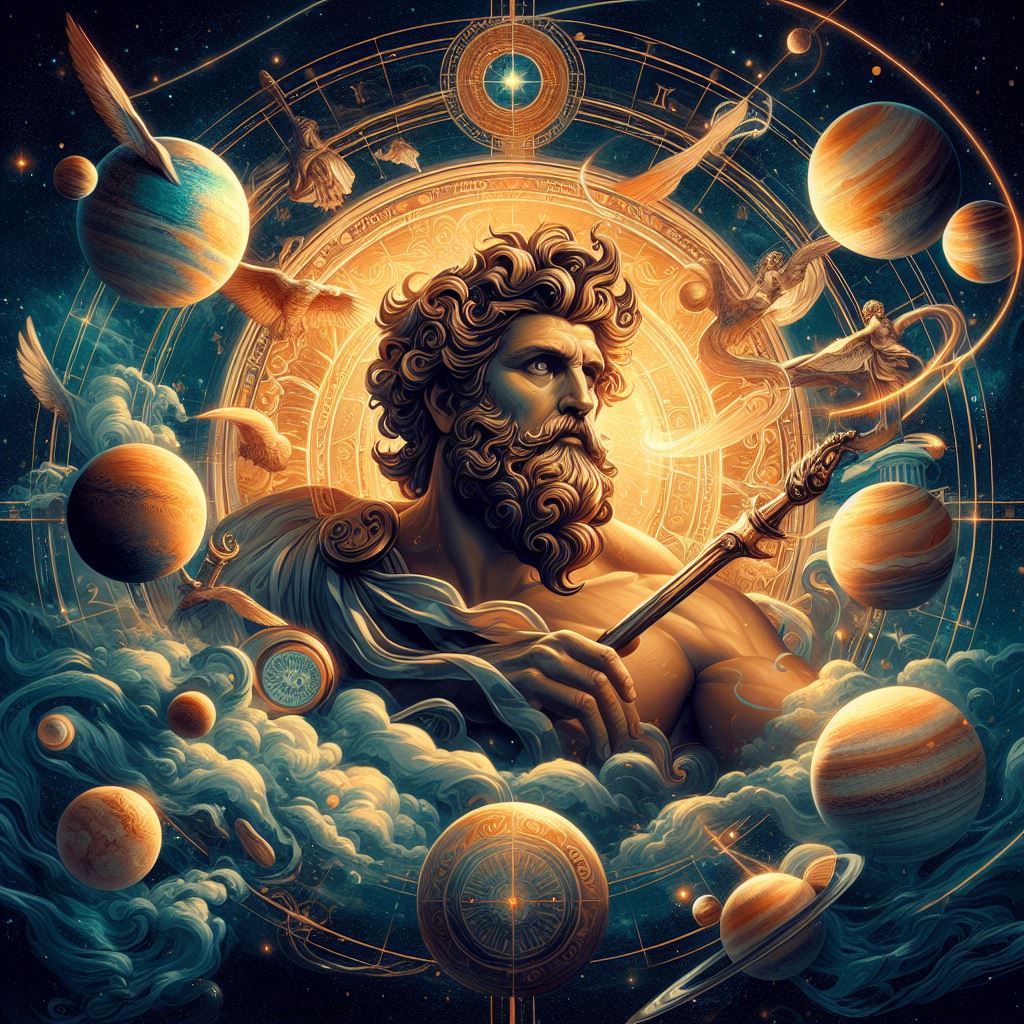Ancient Roman paganism stands as a captivating chapter in the history of human spirituality. Rooted in mythology, rituals, and reverence for nature, it was a vibrant tapestry of gods and goddesses, ceremonies, and traditions that shaped the lives of people in the ancient world. Let’s journey back in time to unravel the essence of ancient Roman paganism.

Origins and Influences of Ancient Roman Paganism
Ancient Roman paganism evolved from a blend of indigenous beliefs and influences from other cultures, notably the Greeks and Etruscans. Romans adapted and assimilated various gods and practices into their own religious framework, creating a rich and diverse pantheon. This amalgamation resulted in a multifaceted belief system that reflected the complexities of Roman society.
The Pantheon of Gods and Goddesses
At the heart of ancient Roman paganism lay a vast pantheon of deities, each with its own domain and significance. Jupiter, the king of gods, presided over the heavens and thunder. His wife Juno was the protector of women and marriage, while Neptune ruled the seas. Other prominent figures included Mars, the god of war, and Venus, the goddess of love and beauty.
Religious Practices and Rituals
Ancient Roman paganism was intertwined with daily life, with rituals and ceremonies playing a central role in honoring the gods. Festivals such as Saturnalia celebrated agricultural abundance, while the Lupercalia honored fertility and purification. Temples served as sacred spaces for worship, offering prayers and sacrifices to appease the gods and seek their favor.
Divination and Augury
Divination was another integral aspect of ancient Roman paganism, with practitioners interpreting signs and omens to discern the will of the gods. Augurs specialized in reading the flight patterns of birds or examining the entrails of sacrificial animals to predict the outcome of events. This practice provided guidance and insight into important decisions and future endeavors.
Mystery Cults and Secret Rituals
In addition to mainstream religious practices, ancient Rome was also home to various mystery cults, secretive religious groups dedicated to specific gods or goddesses. Initiates underwent rituals and ceremonies shrouded in secrecy, promising spiritual enlightenment and a deeper understanding of the divine. The cult of Mithras, for example, attracted many followers with its emphasis on bravery and loyalty.
Decline and Transformation
As the Roman Empire expanded and evolved, the influence of ancient Roman paganism began to wane. The rise of Christianity posed a significant challenge to traditional beliefs, eventually leading to the conversion of Emperor Constantine and the adoption of Christianity as the state religion. Over time, temples fell into disrepair, and many ancient rituals faded into obscurity.
Legacy of Ancient Roman Paganism
Despite its decline, the legacy of ancient Roman paganism continues to endure in various forms. Many modern-day traditions, customs, and even holidays trace their origins back to ancient Roman practices. The influence of Roman mythology can be seen in literature, art, and popular culture, serving as a testament to the enduring impact of this ancient belief system.